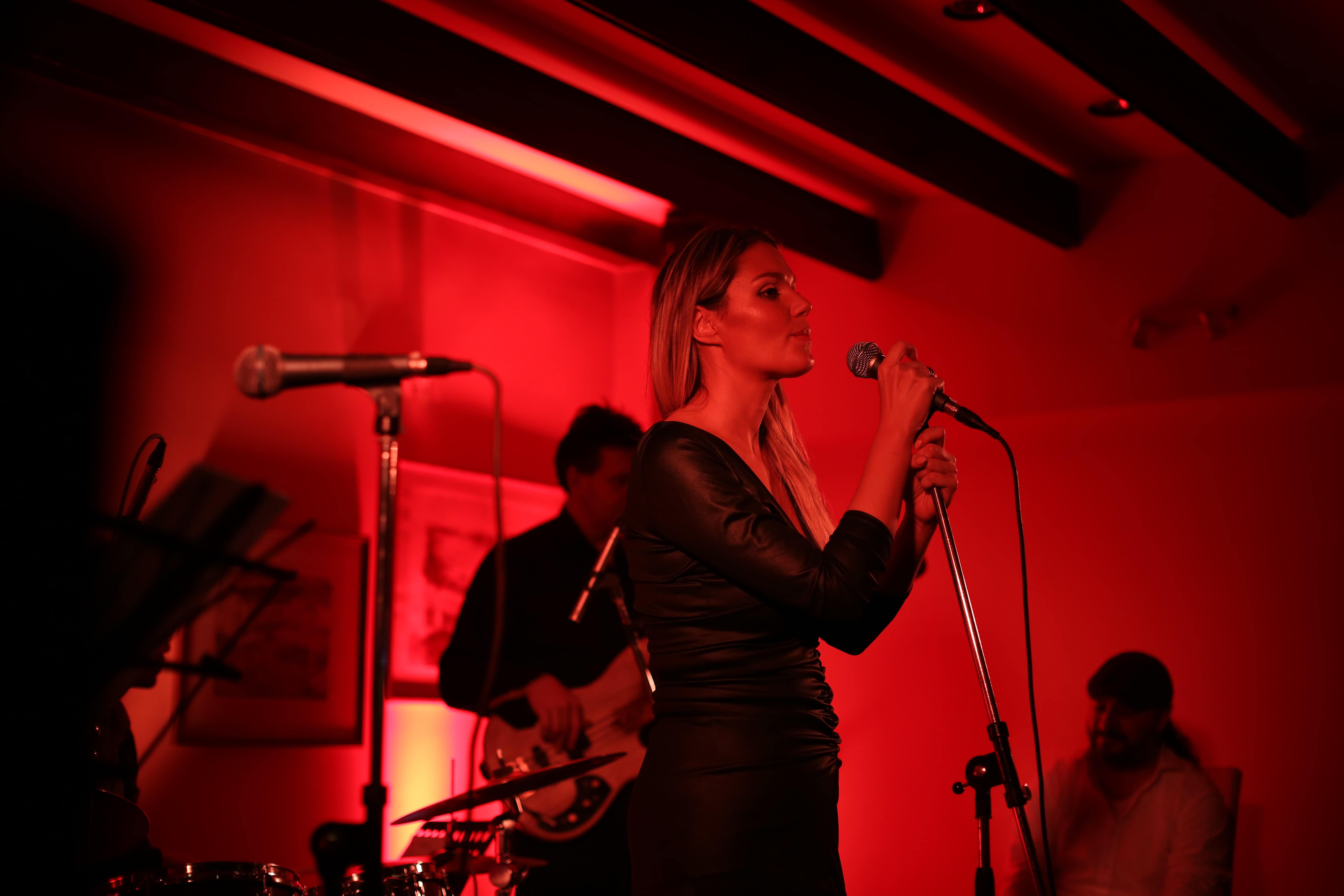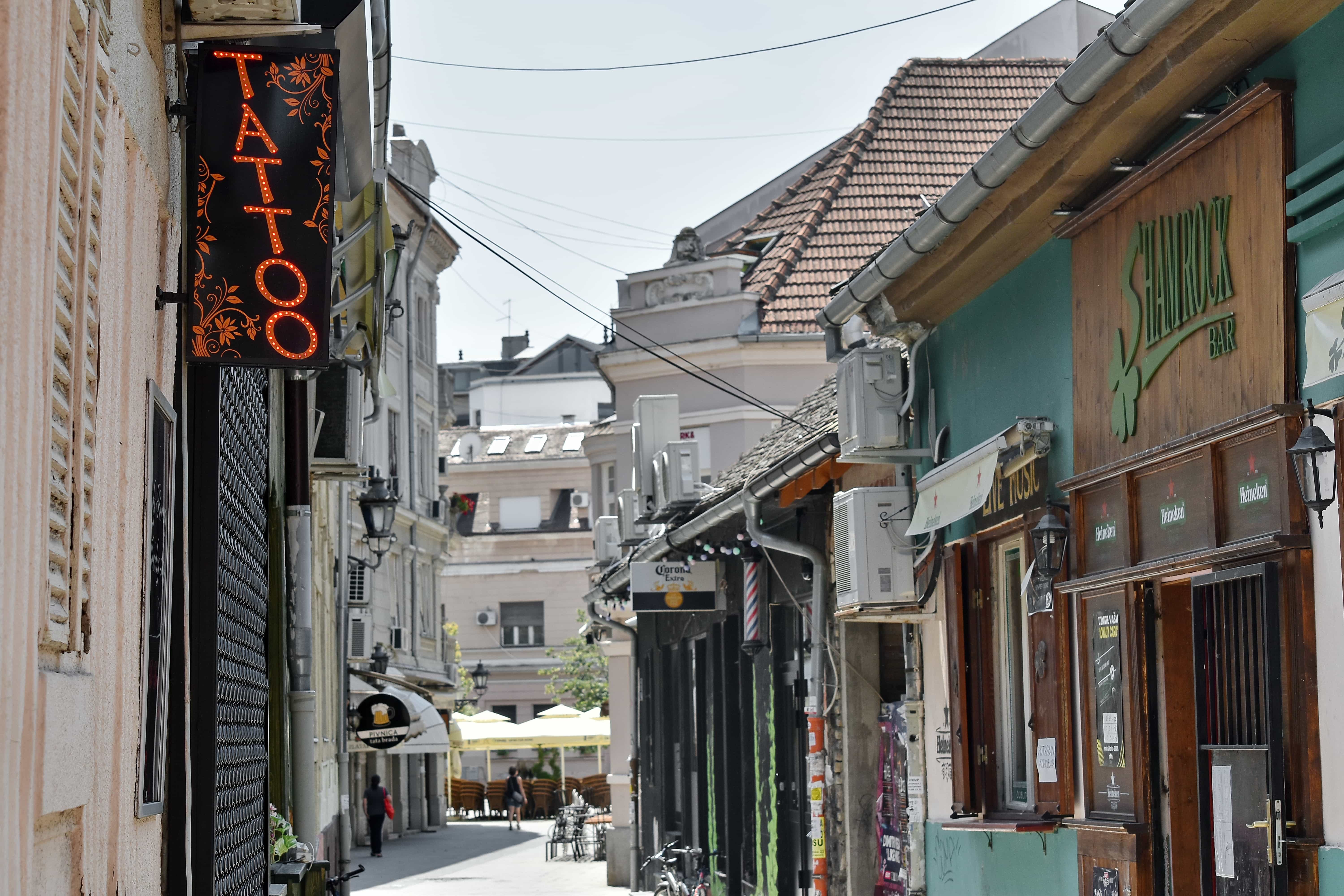
Relaxation Therapy
What is the purpose of relaxation?
The point of rest, particularly within the context of Relaxation Therapy, is to attain a state of mental and bodily calmness and peace. This course of entails lowering stress and anxiousness, thereby enhancing total well-being.

Relaxation Therapy focuses on teaching individuals techniques such as deep respiratory, progressive muscle rest, and visualization. These methods assist to activate the physique's natural relaxation response, counteracting the consequences of stress.
Moreover, relaxation can enhance sleep quality, boost immune function, and increase emotional resilience. By fostering a tranquil state, people can gain a greater perspective on their challenges, making it easier to cope with daily life.
Ultimately, the point of relaxation isn't just to really feel higher within the second, however to domesticate long-term well being and well-being by way of regular apply.
What is the purpose of the relief response?
The goal of the comfort response in Relaxation Therapy is to advertise a state of bodily and emotional ease. This response encourages members to launch rigidity and stress, leading to enhanced well-being and tranquility.
Key Objectives of the Comfort Response
Through guided techniques, similar to deep respiration, visualization, and progressive muscle relaxation, the consolation response focuses on:
- Reducing nervousness: Alleviating feelings of stress and promoting a calm mental state.
- Enhancing physical relaxation: Encouraging the physique to enter a state of restful alertness.
- Improving mental clarity: Allowing for clearer pondering and better decision-making.
- Fostering emotional resilience: Helping individuals handle their emotional responses to challenges.
Overall, the comfort response serves as a basis for achieving leisure and restoring steadiness in each thoughts and physique.
Is leisure a CBT technique?
Relaxation is not a standalone approach inside Cognitive Behavioral Therapy (CBT), however it might possibly complement CBT strategies. Here’s how relaxation techniques fit into the CBT framework:
Incorporating Relaxation in CBT
- Stress Reduction: Relaxation techniques assist cut back stress and HiOP nervousness, making it easier for people to engage with CBT practices.
- Enhancing Focus: A relaxed state can improve concentration and focus during therapy classes.
- Emotional Regulation: Learning to loosen up can assist in managing emotions, which is a critical facet of CBT.
Common Relaxation Techniques Used
- Deep Breathing Exercises
- Progressive Muscle Relaxation
- Mindfulness Meditation
- Visualization Techniques
In abstract, while rest is not a core technique of CBT, it plays a supportive role in enhancing the effectiveness of cognitive-behavioral practices.